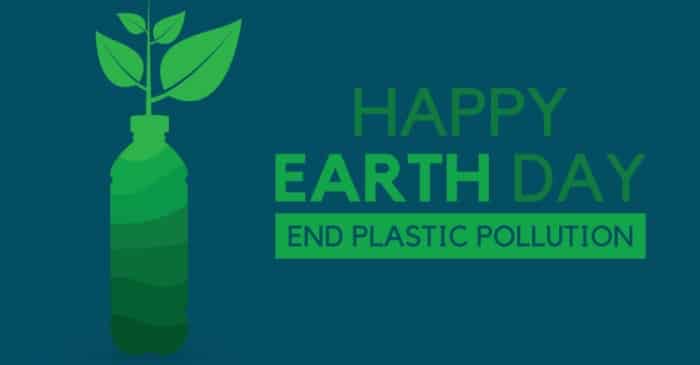
How Can Tech Firms Navigate the AI Hype Cycle with Effective Communications?

Harnessing the Potential of Emerging & Mature Healthcare Markets
Accelerating Generation Restoration with Effective Communication
June 2024

By Sandpiper’s Energy Environment and ESG Practice Team. We specialise in developing sustainability narratives and programmes to increase the environmental, social, and governance (ESG) profile of our clients. Our expert team combines a deep passion for ESG and sustainability with strong technical and communications knowledge and experience to support our clients’ engagement with governments, organisations, and individuals across the region to help them navigate the ESG landscape with greater confidence.
Temperatures in northern and eastern regions of India have soared to record highs, leading to more than 50 deaths over the last week alone – a reminder of the impacts and repercussions of climate change. The problems of climate change are multifaceted. As of February 2024, approximately 26 percent of the total land area of India was affected by drought conditions, with around nine percent of India’s land area suffering from extreme drought conditions – wreaking havoc for India’s farmers and food systems alike.
With over three-quarters of the world’s population projected to be affected by drought by 2050, this year’s World Environment Day, themed “Generation Restoration” calls for collective action to revive our planet’s ecosystems. Central to this theme are the critical issues of land restoration, desertification, and drought resilience.
The urgency of land restoration
Land degradation, affecting over 25% of the world’s land surface, has emerged as a pressing global concern, impacting the lives of more than a billion people. This degradation not only diminishes agricultural productivity but also disrupts natural ecosystems, leading to biodiversity loss and increased carbon emissions.
The concept of land restoration has gained prominence as a crucial solution to this challenge. It encompasses various practices aimed at rehabilitating degraded land to a functional and productive state, including reforestation, agroforestry, and soil conservation techniques. The benefits of these practices extend far beyond ecological improvements:
- Enhanced Biodiversity: Restoring native vegetation and habitats supports wildlife and promotes biodiversity.
- Climate Mitigation: Healthy soils and forests sequester carbon dioxide, helping to mitigate climate change.
- Economic Benefits: Improved land productivity boosts agricultural yields and can provide new income streams for local communities through sustainable practices.
Building drought resilience and combating desertification
Droughts are becoming more frequent and severe due to climate change, posing significant threats to water security, agriculture, and human health. Building drought resilience through effective water management, maintaining soil health and developing and deploying early warning systems is essential to mitigate these impacts and ensure the sustainability of our ecosystems and communities.
Desertification, a severe form of land degradation primarily affecting arid and semi-arid regions, exacerbates food insecurity, water scarcity, and social instability. Unsustainable land management practices, deforestation, overgrazing, and climate change are key drivers of desertification. The consequences of desertification are profound:
- Food Insecurity: As productive land turns barren, food production plummets, leading to hunger and poverty.
- Water Scarcity: Desertification exacerbates water scarcity, affecting drinking water supplies and agricultural irrigation.
- Migration and Conflict: Loss of livelihoods can drive mass migrations and contribute to social instability and conflict.
Northern China provides a striking example of how desertification leads to severe food insecurity. The region faces extreme environmental challenges, including erratic rainfall, prolonged droughts, and expanding deserts. These factors profoundly impact agriculture, which is the primary livelihood for many local communities.
To combat these issues, various initiatives have been implemented by the central government and local authorities in Northern China:
- Three-North Shelterbelt Program (Green Great Wall): This large-scale project aims to create forest belts across the north, northeast, and northwest of China to act as windbreaks, reduce soil erosion, and combat desertification.
- Agroforestry: Integrating trees with crops and livestock has helped improve soil fertility, retain moisture, and increase agricultural productivity.
- Sustainable Farming Practices: Training farmers in sustainable land management techniques, such as crop rotation, mulching, and using organic fertilizers, has improved soil health and boosted crop yields.
- Water Management Projects: Implementing rainwater harvesting systems and building small dams have helped communities secure water for irrigation and reduce the impacts of drought.
These interventions have led to notable improvements in some areas of Northern China. Increased vegetation cover, improved soil fertility, and enhanced water management have contributed to better food security and livelihoods for many communities. However, continued efforts and investment are required to sustain and expand these successes.
Accelerating generation restoration with effective communication
As we mark World Environment Day 2024, it’s clear that our generation holds the responsibility and the power to restore our planet. Strategic communication has a pivotal role in rallying the stakeholders and accelerating progress:
- Raising Awareness: Communication campaigns can inform the public and stakeholders about the importance of land restoration, the dangers of desertification, and the need for drought resilience. By spreading knowledge, we can inspire action at individual, community, and policy levels.
- Engaging Stakeholders: Tailored messaging can engage various stakeholders, including government officials, NGOs, businesses, and local communities, encouraging collaborative efforts and resource sharing for restoration projects.
- Promoting Best Practices: Sharing success stories and best practices through media, reports, and social platforms can motivate others to adopt similar initiatives, creating a ripple effect of positive actions.
- Advocating for Policy Change: Advocacy campaigns can influence policy decisions, securing funding and support for restoration projects and ensuring sustainable land management practices are implemented and enforced.
- Building Trust and Transparency: Clear and consistent communication builds trust among stakeholders, ensuring that projects have the necessary support and that their impacts are transparent and accountable.
At Sandpiper, we look forward to collaborating with businesses, governments, and advocates in the journey ahead. By leveraging the power of effective communication, we can create a more sustainable and resilient future for all.



